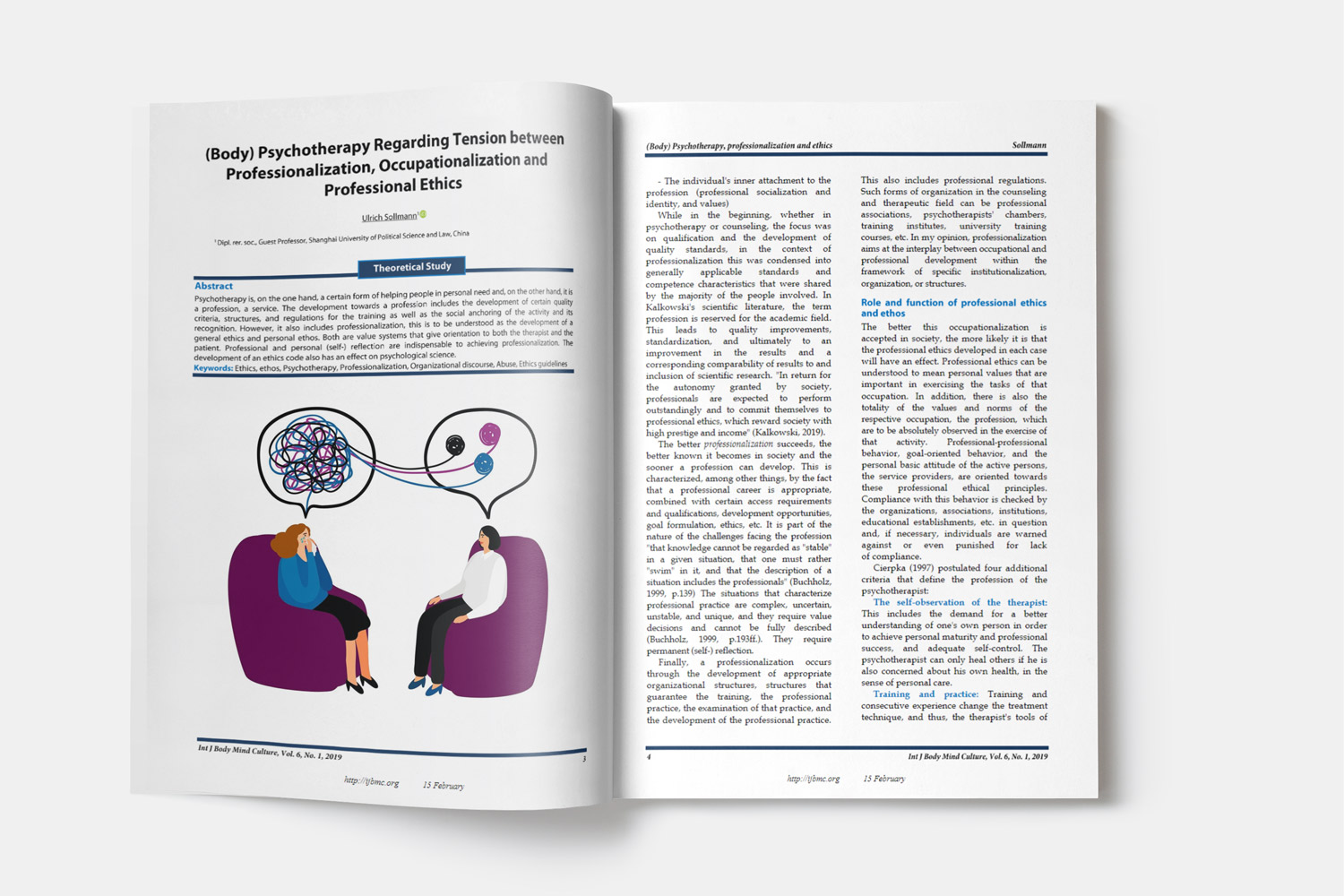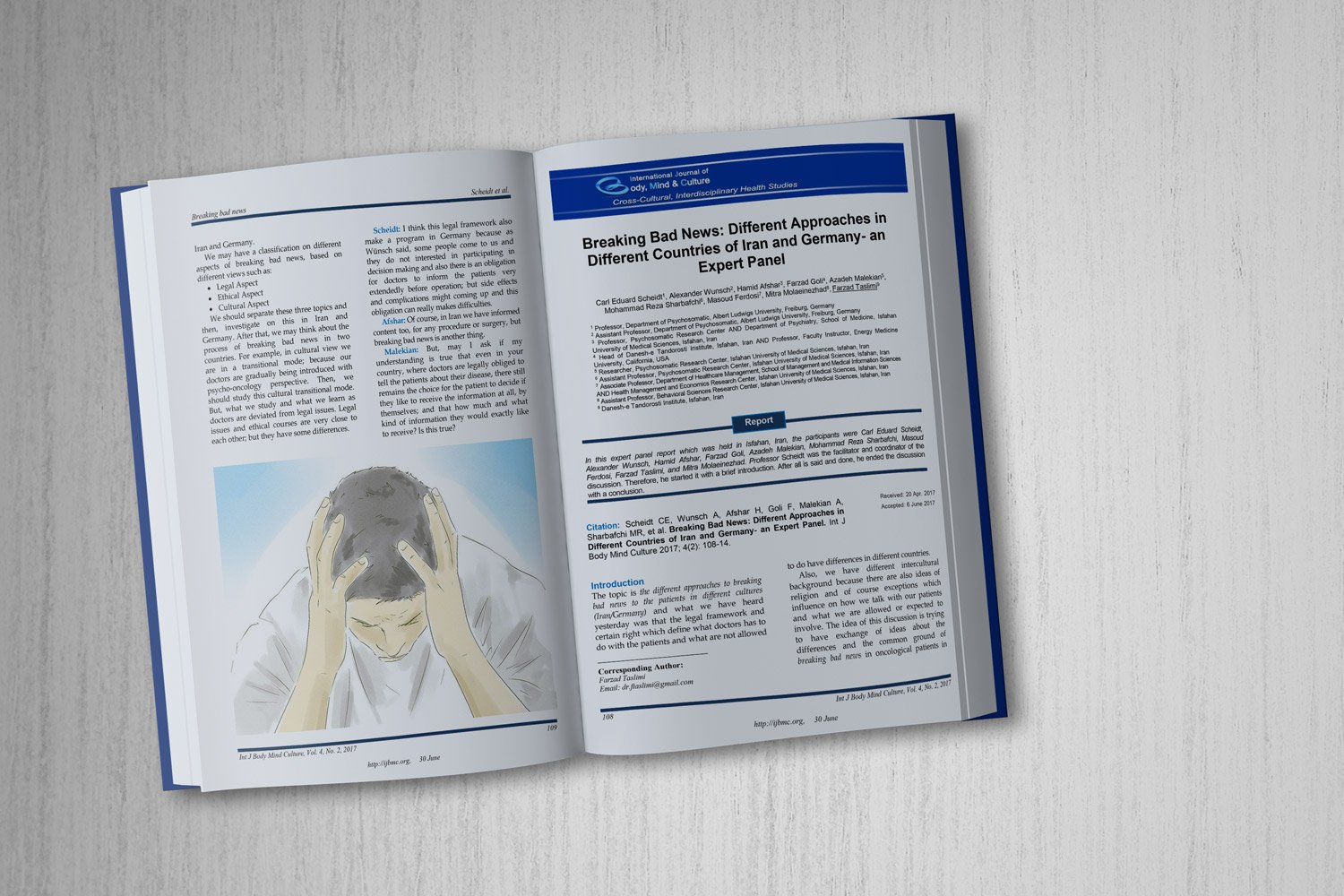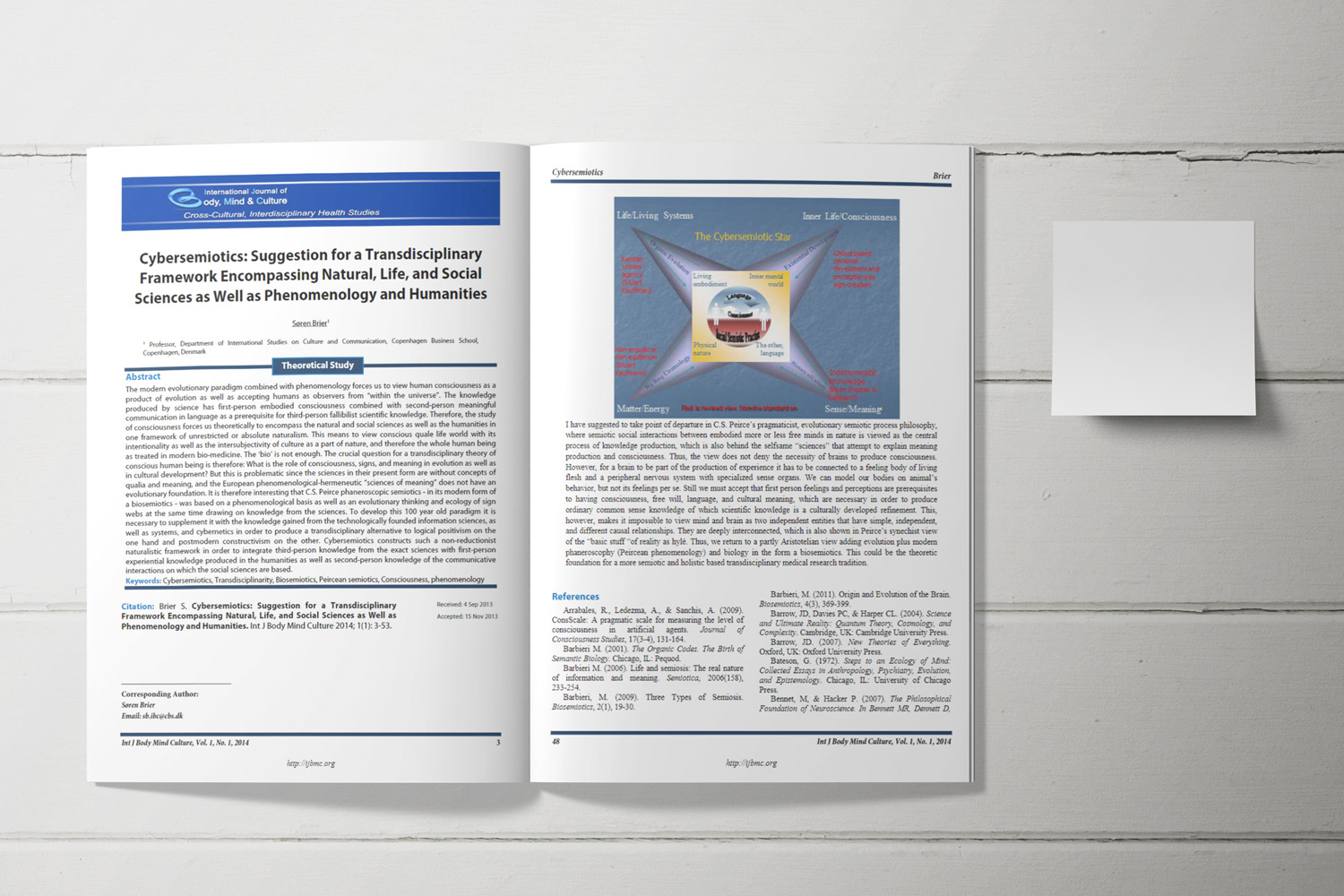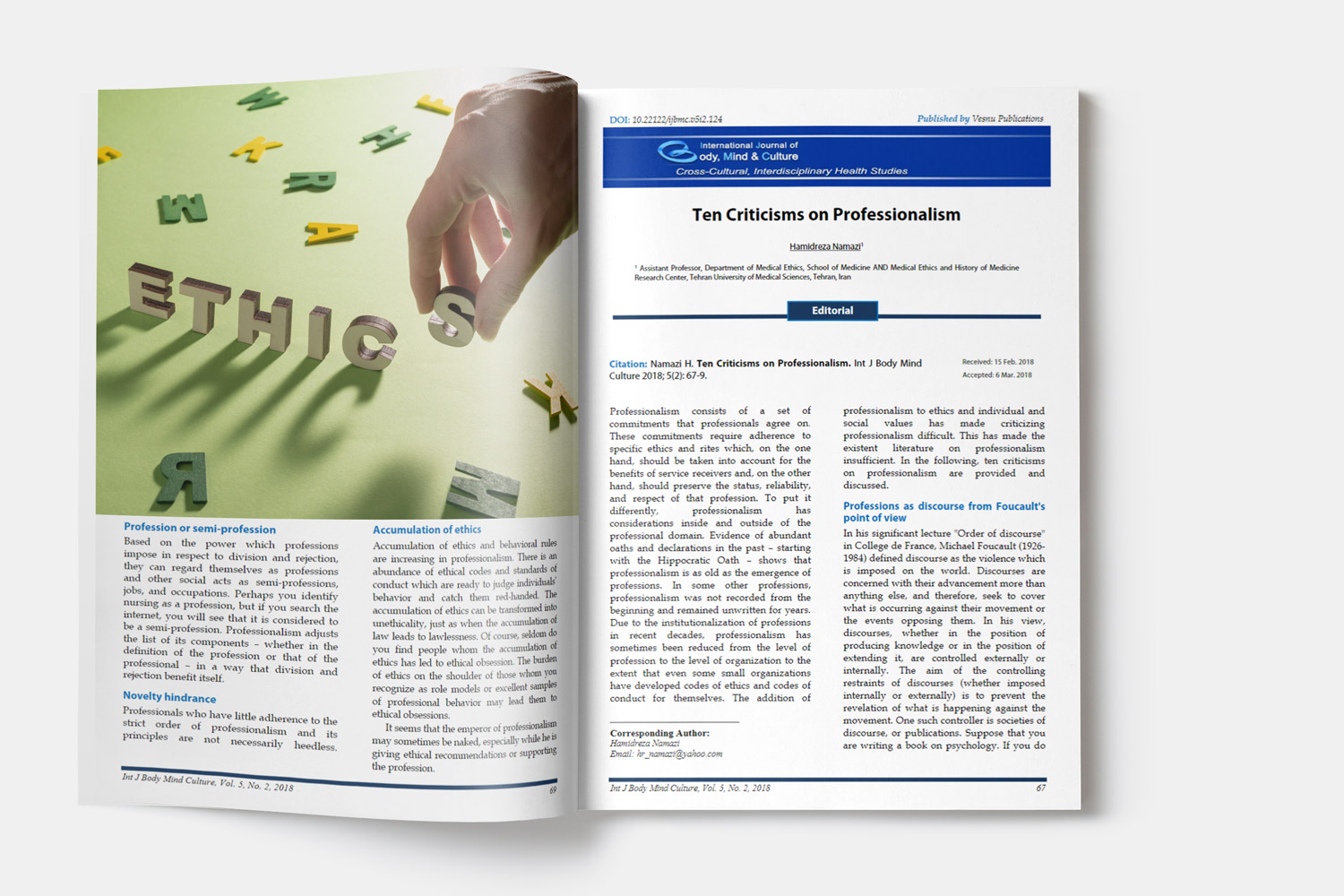Determining Quality of Nursing Work-Life and Caring Behavior among Critical Care Nurses
Downloads
Objective: The study aims to determine quality of nursing work life and caring behavior among critical care nurse.
Methods and Materials: The study design was descriptive cross-sectional design. The study was conducted on (n=143) nurse work in cardiac care unit, intensive care unit, and respiratory care unit at four hospitals in Iraq. The tools were used to collect data, socio-demographic characteristic, brooks Quality of Nursing Work Life Survey (QNWL), and caring behavior inventory scale (16 item).
Findings: The current study showed 78.3% of nurses reflected that they work with moderate quality of work life, and 81.2 % of nurses have higher level of caring behavior.
Conclusion: Quality of nursing work life has a significant impact on caring behavior, the quality of nursing work life at moderate level and the proportion of nurses who had a high of caring behavior was higher.
Downloads
Abbas, N., & Mohammed, W. (2019). Nurses' Knowledge toward Care of Unconscious Adult Patients at Teaching Hospitals in Al-Hilla City. Iraqi National Journal of Nursing Specialties, 32(1), 90-102. https://doi.org/10.58897/injns.v32i1.327
Abd Ali, H. K., & Qassem, W. J. (2023). Impact of Physical Work Environment upon Nurses' Job Performance in Hospitals. Iraqi National Journal of Nursing Specialties (INJNS), 36(2), 16-25. https://doi.org/10.1016/injns.2023.10.002
Ahmed, A. T., & Hassan, H. B. (2022). Assessment of Nurses' knowledge about Enteral Feeding at Critical Care Units in Hospitals of Al-Anbar Governorate. Iraqi National Journal of Nursing Specialties, 34(2), 66-73. https://doi.org/10.58897/injns.v34i2.576
Al-Fayyadh, S. (2018). Critical care nurse's capacities to express a caring relationship with patients in teaching hospitals. Indian Journal of Public Health Research & Development, 9(8), 277-283. https://doi.org/10.5958/0976-5506.2018.00733.7
Al-Jubouri, M. B., Al-Fayyadh, S., Jaafar, S. A., Alabdulaziz, H., Nashwan, A. J., Jahlan, I. O., & Shaban, M. (2021). Incivility among Arabic-speaking nursing faculty: Testing the psychometric properties of the Arabic version of incivility in nursing education-revised. International Journal of Nursing Education Scholarship, 18(1), 20210020. https://doi.org/10.1515/ijnes-2021-0020
Alquwez, N., Cruz, J. P., Al Thobaity, A., Almazan, J., Alabdulaziz, H., Alshammari, F., & Albougami, A. (2021). Self‐compassion influences the caring behaviour and compassion competence among saudi nursing students: A multi‐university study. Nursing Open, 8(5), 2732-2742. https://doi.org/10.1002/nop2.848
Alreshidi, N. M., & Alsharari, A. F. (2021). Work‐life balance of expatriate nurses working in acute care settings. Nursing Open, 8(6), 3201-3211. https://doi.org/10.1002/nop2.1033
Arsat, N., Chua, B. S., Wider, W., & Dasan, N. (2022). The impact of working environment on nurses' caring behavior in Sabah, Malaysia. Frontiers in Public Health, 10, 858144. https://doi.org/10.3389/fpubh.2022.858144
Babapour, A. R., Gahassab-Mozaffari, N., & Fathnezhad-Kazemi, A. (2022). Nurses' job stress and its impact on quality of life and caring behaviors: a cross-sectional study. BMC Nursing, 21(1), 75. https://doi.org/10.1177/0272684X20972838
Brooks, B. A., & Anderson, M. A. (2005). Defining quality of nursing work life. Nursing economic$, 23(6). https://www.researchgate.net/profile/Beth-Brooks-4/publication/7314185_Defining_quality_of_nursing_work_life/links/0c96053bc76b72a5c5000000/Defining-quality-of-nursing-work-life.pdf
Castro-Palaganas, E. (2020). Caring and nursing research: What nurses do best. Philippine Journal of Nursing, 1-2. https://doi.org/10.5958/0976-5506.2018.00733.7
Ellina, A. D., Nursalam, Yunitasari, E., & Adiutama, N. M. (2021). Evaluation of quality of nursing work-life: Based on Swanson's Theory of Caring. Open Access Macedonian Journal of Medical Sciences, 9(T5), 185-189. https://doi.org/10.3889/oamjms.2021.7844
Ferede, A. J., Gezie, L. D., Geda, B., Salih, M. H., Erlandsson, K., & Wettergren, L. (2024). Nurses' perceptions of caring behaviors at referral hospitals in Ethiopia: A mixed-methods approach. BMC Nursing, 23(1), 1-11. https://doi.org/10.1186/s12912-024-02431-9
Ghafouri, R., Nasiri, M., Atashzadeh-Shoorideh, F., Tayyar-Iravanlou, F., & Rahmaty, Z. (2021). Translation and validation of caring behaviors inventory among nurses in Iran. PLoS One, 16(7), e0254317. https://doi.org/10.1371/journal.pone.0254317
Hamid, H. J., & Bakey, S. J. (2024). Effectiveness of an Instructional Program on Patients' Readiness for Hospital Discharge after Coronary Artery Disease. International Journal of Body, Mind & Culture, 11(5). https://search.ebscohost.com/login.aspx?direct=true&profile=ehost&scope=site&authtype=crawler&jrnl=23455802&AN=182174257&h=Gfrjs7xn5bsTMM4SNETypqAt8xoIlFWas3Lfx3g7pZINBeLrPG5n8xM5VGmiRGhd8te%2BMzQn7eicsRGCHmWYSg%3D%3D&crl=c
Hamim, N. (2015). Model work environment, quality of nursing worklife dan self-concept terhadap caring behaviors perawat dalam asuhan keperawatan di rumah sakit umum daerah kabupaten probolinggo (Publication Number Doctoral dissertation) Universitas Airlangga]. https://scholar.google.com/citations?user=TkKHmaAAAAAJ&hl=en
Hattab, W. A. A., Kadhim, A. J., & Abdulwahhab, M. M. (2021). Impact of years' experience upon nurses' knowledge and practice concerning infection control at critical care units in Baghdad City. Indian Journal of Forensic Medicine and Toxicology, 15(1), 2564-2568. https://www.researchgate.net/profile/Musaab-Majid/publication/345681595_Impact_of_Years'_Experience_upon_Nurses'_Knowledge_and_Practice_concerning_Infection_Control_at_Critical_Care_Units_in_Baghdad_City/links/5faaa5eb92851cd8c632fa29/Impact-of-Years-Experience-upon-Nurses-Knowledge-and-Practice-concerning-Infection-Control-at-Critical-Care-Units-in-Baghdad-City.pdf
Hogg, R., Hanley, J., & Smith, P. (2018). Learning lessons from the analysis of patient complaints relating to staff attitudes, behaviour and communication, using the concept of emotional labour. Journal of clinical nursing, 27(5-6), e1004-e1012. https://doi.org/10.1111/jocn.14121
Hu, H., Zhou, H., Geng, J., & Zhang, L. (2020). Current status and influencing factors of the quality of work life of nurses in intensive care unit. Yangtze Medicine, 4(03), 183. https://doi.org/10.4236/ym.2020.43018
Jafari, M., Aghamohammadi, V., Moradi, T., Piri, M., Ebadi, J., & Nasiri, K. (2020). Comparing Nurses and Patients' Views About Caring Behaviors and its Dimensions in Nurses. Disease and Diagnosis, 9(3), 105-110. https://doi.org/10.34172/iejm.2020.19
Jaleel, A., Abd, K. N., & Bakey, S. J. (2024). Effectiveness of Self-Care Program on Patients Knowledge with Cholecystectomy. Bahrain Medical Bulletin, 46(1). https://www.bahrainmedicalbulletin.com/March_2024/BMB-23-517.pdf
Jamshidian, F., Shahriari, M., & Aderyani, M. R. (2019). Effects of an ethical empowerment program on critical care nurses' ethical decision-making. Nursing Ethics, 26(4), 1256-1264. https://doi.org/10.1177/0969733018759830
Javanmardnejad, S., Bandari, R., Heravi-Karimooi, M., Rejeh, N., Sharif Nia, H., & Montazeri, A. (2021). Happiness, quality of working life, and job satisfaction among nurses working in emergency departments in Iran. Health and Quality of Life Outcomes, 19, 1-8. https://doi.org/10.1186/s12955-021-01755-3
Kaddourah, B., Abu-Shaheen, A. K., & Al-Tannir, M. (2018). Quality of nursing work life and turnover intention among nurses of tertiary care hospitals in Riyadh: a cross-sectional survey. BMC Nursing, 17, 1-7. https://doi.org/10.1186/s12912-018-0312-0
Kamil, A. H., & Hattab, W. (2023). Evaluation of Nurses' Knowledge and Performance toward Physical Restraint at Critical Care Unit. Iraqi National Journal of Nursing Specialties (INJNS), 36(1), 17-25. https://doi.org/10.1016/injns.2023.10.002
Kelbiso, L., Belay, A., & Woldie, M. (2017). Determinants of quality of work life among nurses working in Hawassa town public health facilities, South Ethiopia: A cross‐sectional study. Nursing Research and Practice, 2017, 1-8. https://doi.org/10.1155/2017/5181676
Kibret, H., Tadesse, B., Debella, A., Degefa, M., & Regassa, L. D. (2022). Level and predictors of nurse caring behaviors among nurses serving in inpatient departments in public hospitals in Harari region, eastern Ethiopia. BMC Nursing, 21(1), 76. https://doi.org/10.1186/s12912-022-00856-8
Lorber, M., & Dobnik, M. (2023). The importance of monitoring the work-life quality during the COVID-19 restrictions for sustainable management in nursing. Sustainability, 15(8), 6516. https://doi.org/10.3390/su15086516
Lu, M. H., Weng, L. T., Chen, Y. L., Lin, C., Wang, C. H., & Pan, H. H. (2020). Predictors of professional quality of life among nursing staff following the Taiwan Formosa Fun Coast explosion. Burns, 46(2), 423-429. https://doi.org/10.1016/j.burns.2019.02.010
Lukmanulhakim, L., Afriyani, A., & Haryani, A. (2019). Caring efficacy and nurse caring behavior in taking care of critical patients. Jurnal Ners, 14(1), 55-61. https://doi.org/10.20473/jn.v14i1.9664
Maf'ula, D., Nursalam, & Sukartini, T. (2020). Quality of nursing worklife based on caring model for improving nurse performance in hospitals. Indonesian Nursing Journal of Education and Clinic (Injec), 5(2), 172-184. https://doi.org/10.24990/injec.v5i2.339
Molazem, Z., Bagheri, L., Najafi Kalyani, M., Ndlovu, E., Filmalter, C., Jordaan, J., & Heyns, T. (2022). Evaluation of the moral distress intensity and its relationship with the quality of work life among nurses working in oncology wards Professional quality of life of nurses in critical care units: Influence of demographic characteristics. Southern African Journal of Critical Care, 38(1), 39-43. https://doi.org/10.7196/SAJCC.2022.v38i1.517
Ni, W., Xia, M., Jing, M., Zhu, S., & Li, L. (2023). The relationship between professional quality of life and work environment among ICU nurses in Chinese: a cross-sectional study. Frontiers in Public Health, 11, 1104853. https://doi.org/10.3389/fpubh.2023.1104853
Pranata, M. B. K., Pakpahan, R. E., & Pardosi, R. U. (2020). Comparative Between Demographic Characteristics With Caring Behavior Of Nurses In Nursing Practice In Dr Kumpulan Pane Hospital Tebing Tinggi Of North Sumatera 2019. Jurnal Kesehatan Saelmakers PERDANA (JKSP), 3(2), 198-213. https://journal.ukmc.ac.id/index.php/joh/article/view/85
Salahat, M. F., & Al-Hamdan, Z. M. (2022). Quality of nursing work life, job satisfaction, and intent to leave among Jordanian nurses: A descriptive study. Heliyon, 8(7). https://doi.org/10.1016/j.heliyon.2022.e09838
Sirin, M., & Sokmen, S. M. (2015). Quality of nursing work life scale: the psychometric evaluation of the Turkish version. International Journal of Caring Sciences, 8(3), 543. https://www.internationaljournalofcaringsciences.org/docs/4_Sirin_original_8_3.pdf
Suleiman, K., Hijazi, Z., Al Kalaldeh, M., & Abu Sharour, L. (2019). Quality of nursing work life and related factors among emergency nurses in Jordan. Journal of Occupational Health, 61(5), 398-406. https://doi.org/10.1002/1348-9585.12068
Suratno, K. (2018). The relationship between transformational leadership and quality of nursing work life in hospital. International Journal of Caring Sciences, 11(3), 1416-1422. https://www.internationaljournalofcaringsciences.org/docs/9_kalukuSuratno_original_11_3.pdf
Viselita, F., Handiyani, H., & Pujasari, H. (2019). Quality level of nursing work life and improvement interventions: Systematic review. Enfermería Clínica, 29, 223-228. https://doi.org/10.1016/j.enfcli.2019.06.001
Watson, J. (2008). The Philosophy and Science of Caring. https://books.google.com/books?hl=fa&lr=&id=DJ0KFOrWEVsC&oi=fnd&pg=RA1-PA25&dq=The+Philosophy+and+Science+of+Caring&ots=jmfgzC4Cc5&sig=z3DtiefmaXoEZMyuBDrWzmReJmk
Wolf, Z. R., Dillon, P. M., Townsend, A. B., & Glasofer, A. (2017). Caring behaviors inventory-24 revised: CBI-16 validation and psychometric properties. International Journal of Human Caring, 21(4), 185-192. https://doi.org/10.20467/1091-5710.21.4.185
Yousif, S. Y., & Sadeq, A. F. (2024). Burnout among Nurses in Critical Care Units: Addressing a Persistent Challenge. The Malaysian Journal of Nursing (MJN), 16(2), 97-107. https://doi.org/10.31674/mjn.2024.v16i02.010
Copyright (c) 2025 International Journal of Body, Mind and Culture

This work is licensed under a Creative Commons Attribution-NonCommercial 4.0 International License.















